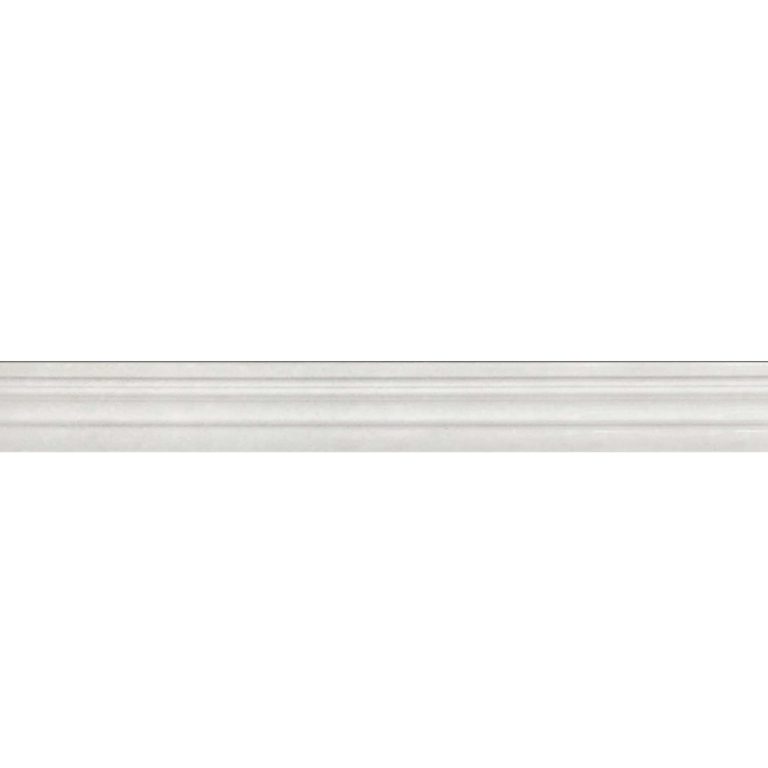Ceramic cornice
In building construction, many techniques are used to beautify and protect the building. In fact, these techniques are considered to be very important components of the construction and value of that building. One of these techniques, which happens to have a long history in construction, is the use of baseboard. While covering the outer layer of the wall, the cornices protect it and give a beautiful effect to the walls of the building.
برای استعلام قیمت و مشاوره رایگان قبل از خرید، با کارشناسان جم سر در ارتباط باشید.
In this article, we are going to introduce you to the uses and types of cornices. Also, this article will give you a comprehensive and complete view of the performance and installation, and finally the supply and price of the cornice. So we invite you to stay with us until the end of this article.
What is a cornice?
It is a strip of stone or wood or plastic or concrete and cement that is always installed at the bottom and along the wall. Its height is much less compared to the wall and generally it is prominent compared to the wall. The cornice in the buildings not only creates an eye-catching beauty in the design and decoration of the building, but also prevents the transfer of moisture, damage to the wall, and objects hitting the corners of the walls.
برای استعلام قیمت و مشاوره رایگان قبل از خرید، با کارشناسان جم سر در ارتباط باشید.
Applications of ceramic cornice
The most important task of the cornice is to protect the surface layer of the wall against damage caused by household appliances and to prevent water and moisture from penetrating the floor to the wall. According to such a characteristic, its uses can be listed:
1- Use in building walls, including kitchens, reception rooms, bathrooms, etc. for beauty and harmony in building architecture.
2- Preventing moisture from entering the wall
3- Prevention of erosion and decay of the wall surface
4- Preventing the entry of insects and other animals into the wall tissue
5- In some cornices, such as MDF cornices, its space can be used as a duct to pass wires and electric cables.
Types of ceramic cornices
Cornices are usually classified based on the type and model, which we will limit ourselves to naming them here and giving a brief yet useful explanation about each type.
Types of cornices based on material
Wooden cornice: This type of cornice, as its name suggests, is made of wood from different trees. It has a higher cost than the MDF type. Oak, pine, cherry and walnut trees are the most used in making this type of cornices. Of course, to increase the life of these cornices, they are covered with resins and chemicals.
Coated mdf baseboard
PVC cornice: PVC cornice is one of the newest types of cornice, plastic cornice is actually made up of profile branches and several layers of different plastic materials. The sealing property and diversity in color and design are the main reasons for using this type of cornice.
برای استعلام قیمت و مشاوره رایگان قبل از خرید، با کارشناسان جم سر در ارتباط باشید.
One of the most widely used uses of PVC cornice is in places near water or in areas in the north or south of the country that have humidity. PVC cornices are also called waterproof cornices, but due to their small thickness, they are suitable for installing parquet and laminate because they do not fill the empty space between the laminate and the wall. It is also not possible to paint this type of cornice.
Plastic cornice
This type of cornice is made of plastic, which in scientific terms is called polyvinyl chloride, and it has a very high sales due to its much cheaper price, waterproofness, high usage, etc. Plastic skirting boards are easy to install and very durable.
stone cornice
Some natural stones are obtained by turning with a CNC turning machine. Travertine stone, marble stone, porcelain stone, marble stone, granite stone are suitable stones for cornices, among which travertine and marble cornices are more common than others. However, Chinese stones are also a good option
Ceramic cornice
In a more comprehensive definition, any object formed from inorganic and metallic materials in the vicinity of high heat is called ceramic. Ceramics have two types, glazed and unglazed. The types of ceramic cornices also have the same characteristics as ceramics because they are made of ceramics. In general, buying a ceramic baseboard is suitable for people who have a ceramic floor in their house.
Types of ceramic cornices based on the model
In this section, we only deal with a few common models:
Round cornice
This model has rounded or stepped edges. The appearance of this type of cornice is very simple and it is produced and marketed at a height of 9 cm.
Bed base
This model, which is also known by other names such as square or blocky, is completely flat from the side and has no rounded edges. Houses with modern decoration in farm style make the most of this cornice style. The height of 9 to 12 cm is more common among this type of cornice.
Adhesive cornices
As the name suggests, they can be attached to other models.
Installation of cornice
The installation of cornice has different processes and therefore different installation costs according to the type and dimensions. But there are a series of general steps in the installation of cornices, which we will discuss in this section.
– Before starting, the location of the cornice must be clean and clean, and the edges of the walls must be free of any dirt, low or high. This step is very necessary for cornices that are installed with glue and has a direct impact on the final quality of the work.
– In the second step, the wall should be measured. Be sure to keep in mind that 10 to 15 percent of the cornice should be included as waste.
In the third stage, the installer places the cornices on the lower part of the wall, and the main point of this stage is to pay attention to the corners of the wall as well as the angular parts of the wall.
– In the final stage, according to the type and material of the cornice, the installer selects the material that makes it stick to the wall and rubs it on the back of the cornice and then installs them on the wall in order.
Types of dimensions of ceramic wall cornice
In general, cornices have two sizes of 7 and 9 cm in terms of height, and their length is usually 280 or 336 cm. The thickness of the cornice should be considered from the heel side or the lowest and thickest part of the cornice, which is equivalent to 16 mm as a standard.
A 7 cm high cornice is suitable for small halls and a 9 cm cornice for larger spaces.
The price of cornice
The cornice has different prices according to the type, material and design. Regarding the price of the cornice, considering the ups and downs of the prices in the market, we can only address various factors that are effective in the price changes of the cornice:
1- The first and most important factor is the type and quality of the cornice materials, the higher the quality, the higher the price. For example, the cornice made of marble is certainly more expensive than other types of natural stones.
2- The quality of the construction and the beauty of the design, which itself is one of the important factors of pricing, for example, compared to other examples, the MDF cornice is not of high quality and is relatively cheaper.
3- The tool used and actually the type of design
4- The thickness and dimensions of the cornice
The price of ceramic cornice
You can get the cornice from stores that sell construction and interior decoration products, and of course, today it is possible to get it through the sales site of cornice manufacturers and online stores. In our country, cornice is produced domestically and imported as a foreign product from countries such as South Korea, Spain, Turkey, and China.
Common brands in the Iranian market, which happen to be produced in Iran, are AGE cornice, C Pan cornice, yesil cornice. You can contact Jamcar experts at 09916686717 for information about Yazd ceramic cornice.
Conclusion
In this article, we learned about cornice and its applications. And we knew that they are used for the beauty and protection of the walls, we also introduced its types, installation method and factors influencing its price. We hope this article answered your questions.
FAQ
What kind of baseboard is recommended for ceramic flooring?
The best choice for the wall baseboard in environments that have ceramic flooring is the ceramic baseboard.
What are the most important features of a good ceramic baseboard?
Impact resistance, anti-scratch and breaking, resistance to water and moisture penetration, easy cleaning


